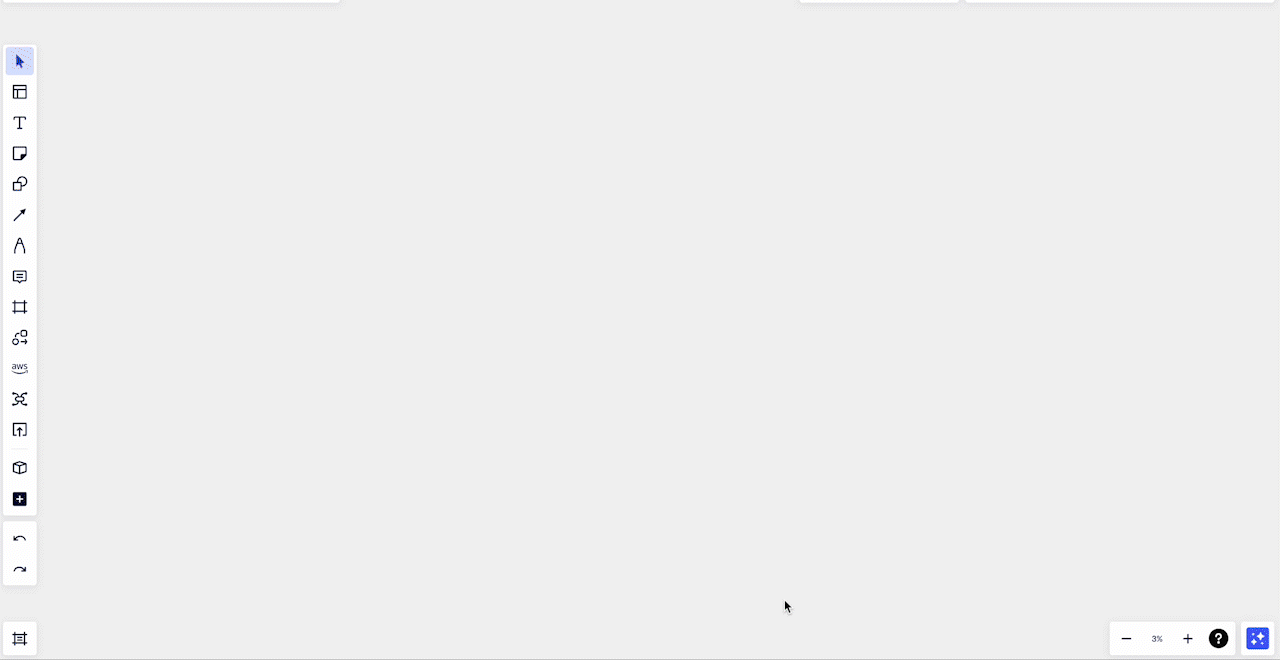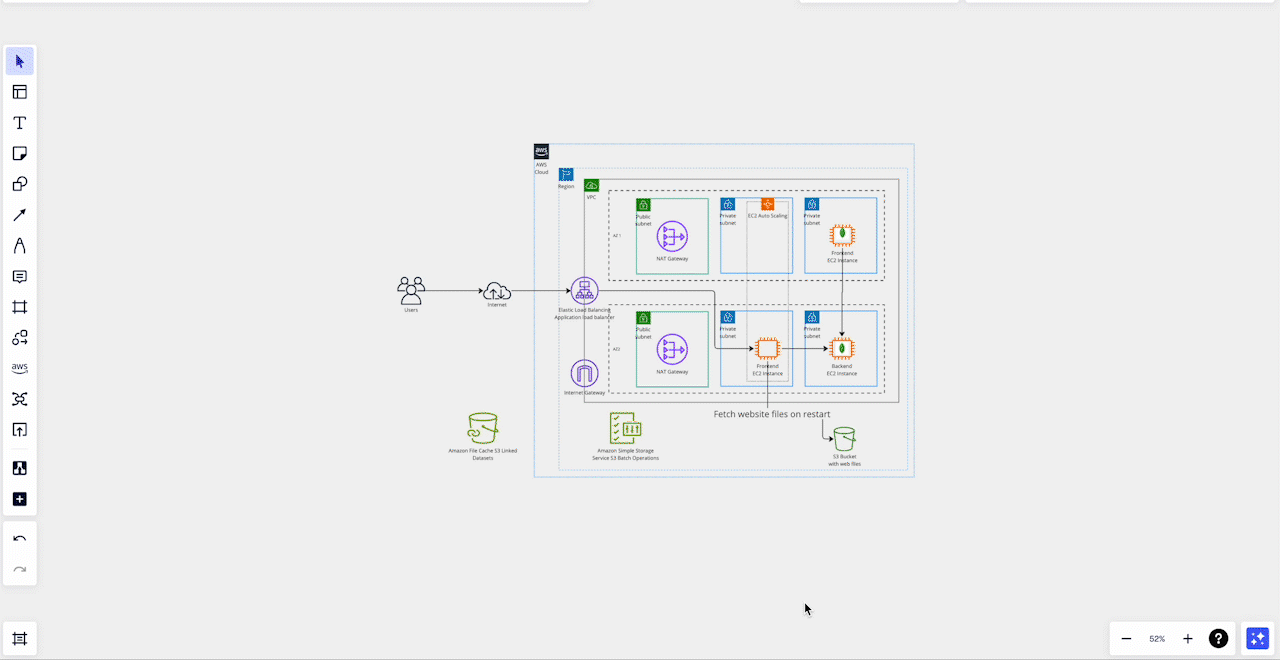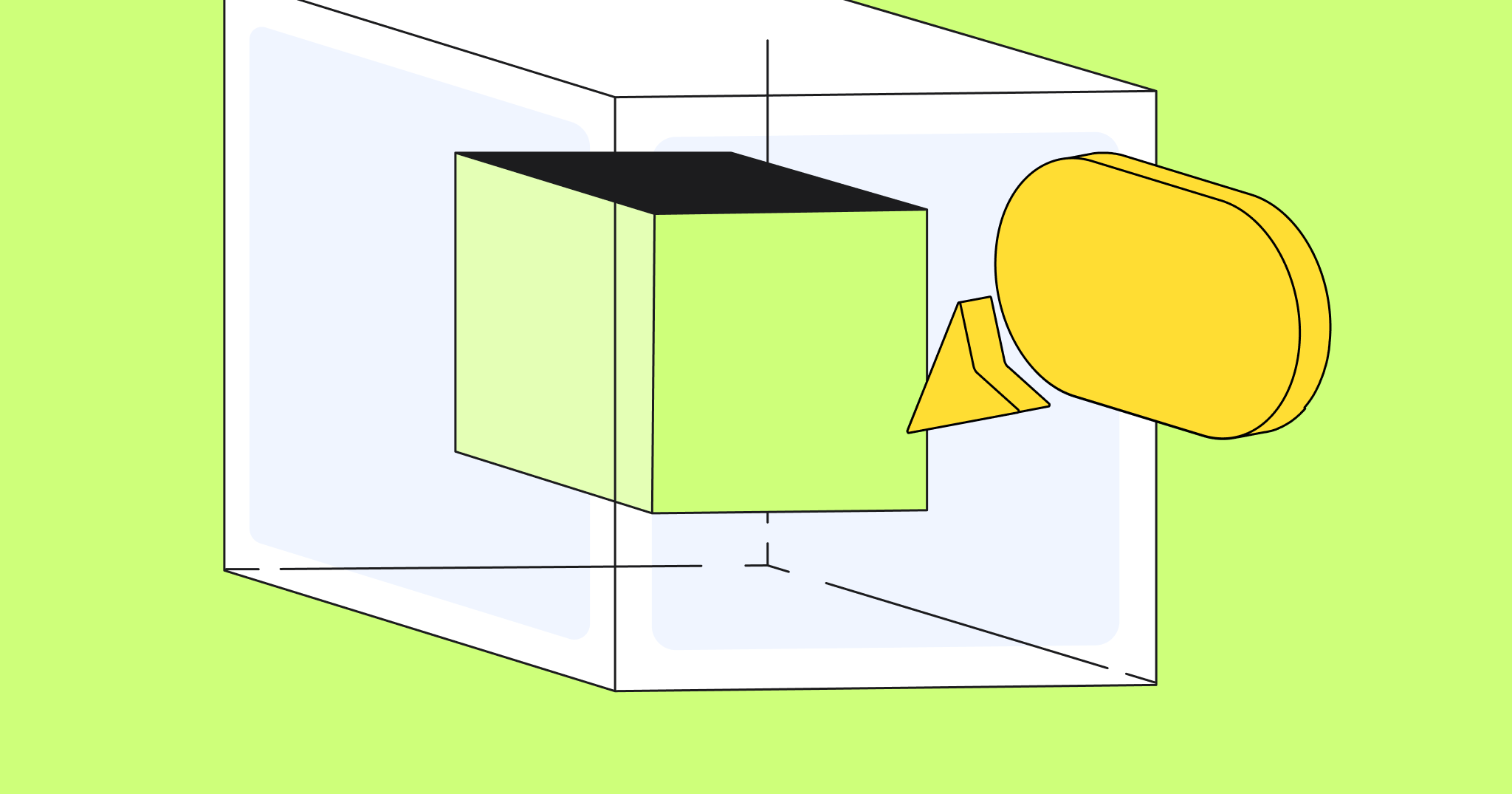Creating an architecture that not only supports your business, but enhances it, is not a one-and-done task. It requires continuous reflection, learning, and improvement. For organizations that build on AWS, Well-Architected Framework Reviews play a critical role in their success. Designed to enable teams to assess and improve their architecture, the process can enhance performance, ensure stability and security, and maximize cost-efficiency. This is why many organizations engage Well-Architected Partner Program members.
But when teams are in the trenches of, or have just completed, a big migration or launch, the thought of participating in a Well-Architected Review can feel overwhelming. It’s not that they don’t want to look at their architecture through a critical lens. (The fact that they’ve engaged a Well-Architected Partner Program Member indicates the opposite.) But it’s the process they find challenging.
Below we’ll dive into some of the hurdles reported by solution architects and their partners, and offer solutions to help you minimize friction, maximize performance, and complete reviews more efficiently — all while getting the most out of AWS.
Hurdles to participating in a Well-Architected Framework Review
There’s no single source of truth
One of the major frustrations we hear from review participants is the difficulty in keeping track of documentation, tasks, and progress. With critical information and data in various places, cross-functional teams waste a lot of time and effort simply trying to find what they need.
Siloed tools
Creating diagrams in silos can really inhibit collaboration. As teams go back and forth on multiple reviews with little visibility into changes (and the “why” of changes), creating a simple diagram can take valuable time away from bigger projects.
Manual effort
A thorough review involves a lot of manual effort, including compiling well-architected risks, assigning tasks for the working team, and calculating the associated costs. This takes up time and subjects the tasks to unnecessary human error.
No standardization or governance
When there isn’t any standardization or governance in the way that reviews are carried out, it’s even harder for teams to prepare for reviews, and for partners to scale their processes for carrying them out.
3 solutions for accelerating Well-Architected Framework Reviews
Through our work with AWS to co-create solutions for Well-Architected Partner Program members, we’ve identified three areas where leaders can take the pain out of the process, with maximum impact.
Create more visibility
Without a clear view of supporting documentation and artifacts, teams lose context and waste time searching for information across different systems and sources. Partners that work with Miro in their Well-Architected Reviews use their boards as a single living source of truth. With Miro’s bi-directional integrations with Jira, Asana, and other project management tools, teams can bring together documents, diagrams, and other data with tasks and project tracking.
Automate manual tasks
Automating manual tasks saves time for partners and their clients, freeing up teams to focus on more valuable work. It also makes it easier to take action. For example, Miro’s Well-Architected Tool automatically categorizes risks by color and displays these on your board, along with mitigation suggestions. This helps teams identify and prioritize the medium and higher risk items to act upon.

Cost calculations provide another opportunity to leverage automation. These calculations form an essential part of the Well-Architected Framework Review process, as they help to identify opportunities for cost reduction and efficiency. Unfortunately, carrying them out manually is time-consuming. But with Miro’s AWS cost calculator, teams can quickly get an automated estimate of hourly, monthly, and yearly costs — saving time and enabling faster decision making.

Find tools that encourage collaboration
Working in silos doesn’t work. In order to create together, teams need to be able to collaborate quickly and easily in real time. Diagram creation has historically been particularly problematic for collaboration, with teams working in specialist tools that don’t allow them to work in sync. To get to the right solutions more quickly, teams need a tool that not only has special diagramming capabilities, but also allows them to work together all in one space.
That’s where Miro’s AWS shape packs come in, which give your team the tools to quickly collaborate on creating AWS architecture diagrams all in one workspace. Miro is also integrated with draw.io, so that you can easily import existing architecture to leverage this new way of working.

From using tools that encourage collaboration to automating manual tasks, these solutions will enable partners to deliver AWS Well-Architected Framework Reviews faster and more efficiently — a win for both them and their clients.




